Basque Andoni Bardasco is only 30 years old, but he had to stop his career as a professional player several years ago, after being the 25th player in the world. In question, an accumulation of wounds that he desperately tried to overcome, but which ended up getting the better of his childhood dreams, to which is devoted the first part of this portrait.
The one who is now converted into teaching and organizing internships with the company Padel Stuff tells us about those dark years and how injuries are often the lot of pro players.
► In Madrid, he trains with Mieres and Lima
“When I was 19, I went to Madrid to continue learning, training and being able to continue my career. I was recovering from my first back injury, I was finishing a year on the professional circuit. I realized that I needed more rhythm in training and a better knowledge of tactics to be able to play at the pro level. We had a good level, we were the best in the Basque Country, but beyond the round of XNUMX, that wasn't enough against the players who were on the pro circuit.
My first training partners were Juani Mieres and Pablo Lima, who at that time formed the No. 2 pair on the circuit. I also joined a physical preparation team, so that my training became professional. That's where I discovered how a pro player trains and how fast it happens, five or six hours a day. The game was going very, very quickly: on a mental level, you also had to go very quickly to make a decision because the next ball arrived immediately.
When I came to Madrid, training was not organized like today, where there are large academies very prepared to support future pros in groups. For me, it was necessary to find a private trainer and reach an agreement with him, it was more complicated than today where everything is planned and standardized. »
► Too bad to shake hands with opponents
"Thanks to these training sessions, I reached my best ranking in 2014, 25e place, when I was 21 years old. And that's when I had the worst injury I could have had. I started having pain in my wrist. I continued to play, but I was in more and more pain. I consulted doctors but no one found anything. I did an infiltration from time to time to relieve the pain and to be able to continue playing, but it was a major handicap to have such pain. I still played for an entire year with these pains. In 2015, I was still at my best ranking for a good part of the year, but I couldn't even shake hands with my opponents or the people I met. I said “Hello, my name is Andoni”, but I tried not to shake hands because I couldn't.
At that time, I stopped for a few months to see if it went away, nobody found anything so I started playing again and I had pain again. So I had the operation "blind", that is to say that the surgeon did not know in advance what he was going to find. I woke up with a cast around my hand, a nail in my wrist, and a long recovery needed. »
► After the wrist, both hips
“I forced myself a lot, I managed to play again but not 100% because my wrist was never the same again. When I started playing again, I had a not too bad year, playing the pre-qualifiers with a Portuguese, Diego Rocha, and we finished among the top 60, which was unexpected for me because I felt really bad at the start of the season.
But I had a disability, my hand hurt, I wasn't comfortable playing. Despite that, at the end of the year, I had found an acceptable level, I had the impression of seeing the end of the tunnel. But then I started having hip problems. I was in a lot of pain, I had to have surgery first on my right hip and then on my left. I said to myself then that it was too many handicaps… ”
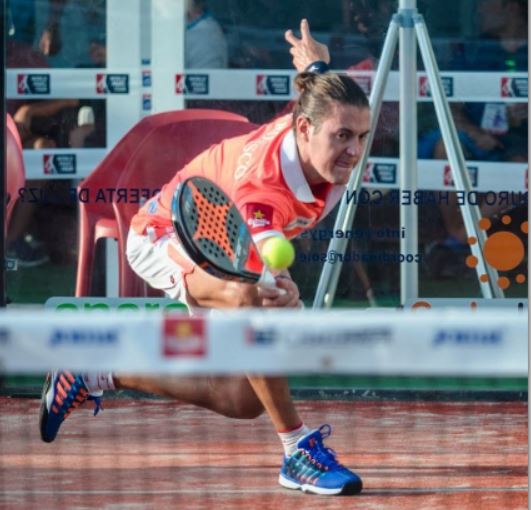
► With pain, the pleasure of playing flies away
“In these conditions, there is no pleasure in playing, every day of training becomes a punishment and it is very hard. You do it because after the injury, you still remember the pleasure you took in playing before, so you make the effort, you accept to suffer for a month, two months, then six months and even twelve months. You hope the fun will come back, but when you can't remember the last game you played without pain, it becomes very hard to continue.
I think that playing like this is not the spirit of sport: it is not possible to have a professional career in these conditions. Beyond sport, there is a life, there is a family. For example, I love taking my daughter to school. It's one thing not being able to play, it's another thing not being able to go to the park with your daughter because you're in pain. »
► At 30, still pain every day
“Even today, I still have pain every day, but it has become bearable. But when you're in unbearable pain, you can't go for a walk because you limp, you don't sleep well because you're in pain, you're in a bad mood because you haven't slept. When you go to see a basketball game – I love the NBA – you don't watch the game because you hurt all over. When it's like that, you don't live: it's something I wanted to leave behind.
My body was perhaps not made to support so much sport, to do five or six hours of sport a day – which is the average in a discipline like ours. I didn't do anything that wasn't normal for a top athlete, but despite that, my body didn't hold up. »
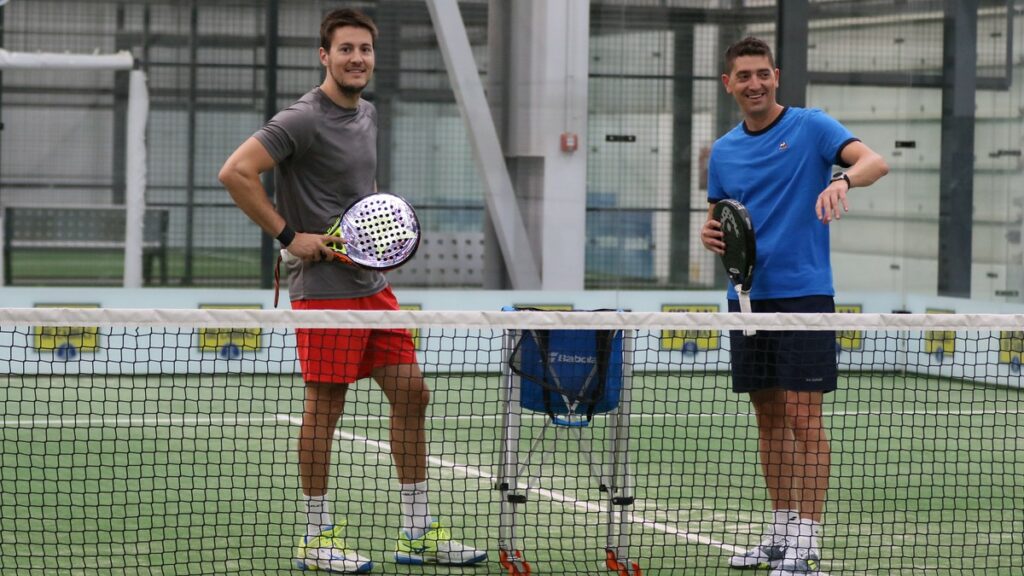
► End of career at 25
“When I had surgery on both hips, my idea was to come back and play again. Part of my rehab was getting back on the pitch, by the way. But the truth is that I always had pain in my wrist, in both hips, I also had pain in my back, because when you don't walk well, you compensate and it affects your back... When you you have so much pain, you can't be competitive. You lose level and you can no longer properly earn your living. The process took time, but I must have been 25 or 26 when I quit completely. »
► His opinion on the current pro circuit: "I find it monstrous to play so much"
“I think playing 35 or 40 tournaments in a season is not good for your health. I hope that the problems will be resolved and that we will find an arrangement that suits everyone, both players, circuit organizers, brands...
Andoni Bardasco
When I see that, it pains me just to think that players have to play so much in a season: I find that monstrous. This is not only bad for older players – even though Bela, who is 43, knows his body and its limits well – but also for young players in their 18s or 20s who are unprepared. Maybe their physique allows them a lot at that age, but in the long term, it's dangerous: the excesses you do at 20, you risk paying for them at 30 or 40. I'm not a doctor, but I think it's dangerous for players' bodies. »
► How to explain the longevity of Bela or Federer?
“There is an element of luck, it's true, but this chance, you have to go get it. Bela, for example, worked a lot. I think Federer too, even if I don't have the chance to know him. Lebron James has just broken the points record at 38 years old and he is in incredible physical condition. These are athletes who have given their all, it's an admirable thing. But it's true that you have to have a bit of luck, favorable genetics and appropriate medical monitoring.
Andoni Bardasco
If I take the example of Andy Murray, his body did not hold up when he had a monstrous talent, he played in an incredible way. He gave everything in his career, he had the best physical trainers but his hip did not hold. Surely he started having problems years before he had to have surgery, it affected his results. He had to play and hold on for 3, 4 or 5 years with less and less bearable pain. Without it, he might have earned as much or more than Grand Chelem that Djokovic, we will never know… ”
In the next episode of this portrait, Andoni will tell us about his conversion to teaching padel, at his home in Bilbao.
More information on Padel Stuff HERE
After 40 years of tennis, Jérôme falls into the pot of padel in 2018. Since then, he thinks about it every morning while shaving… but never shaves pala in hand! Journalist in Alsace, he has no other ambition than to share his passion with you, whether you speak French, Italian, Spanish or English.




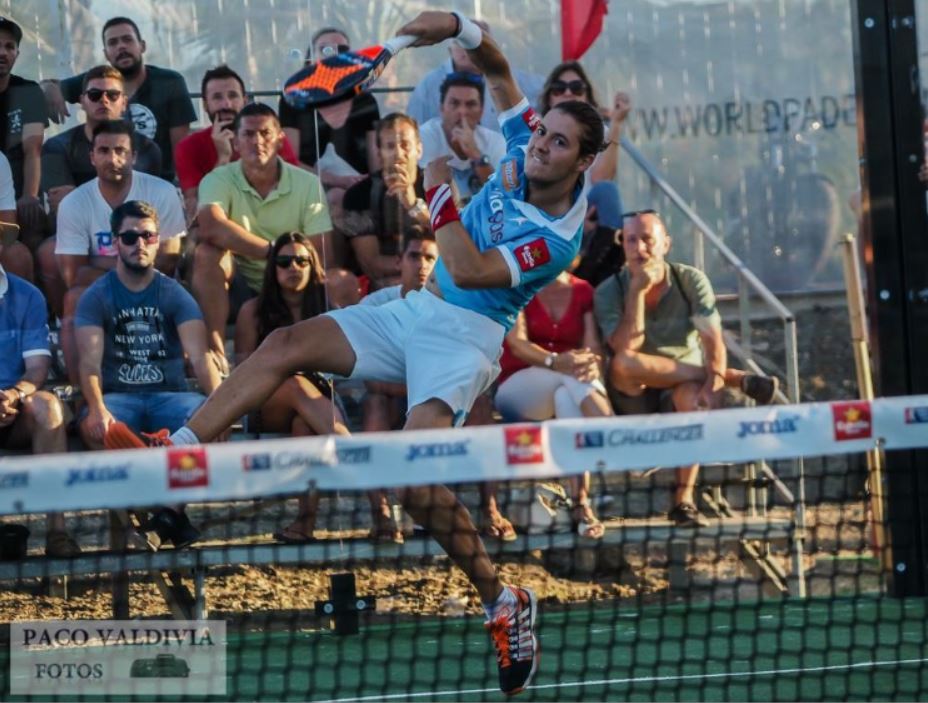











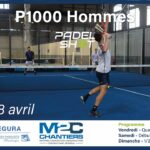
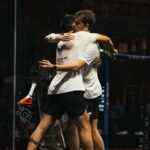
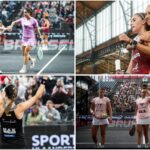


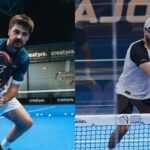
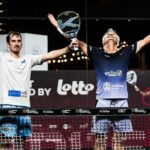














































































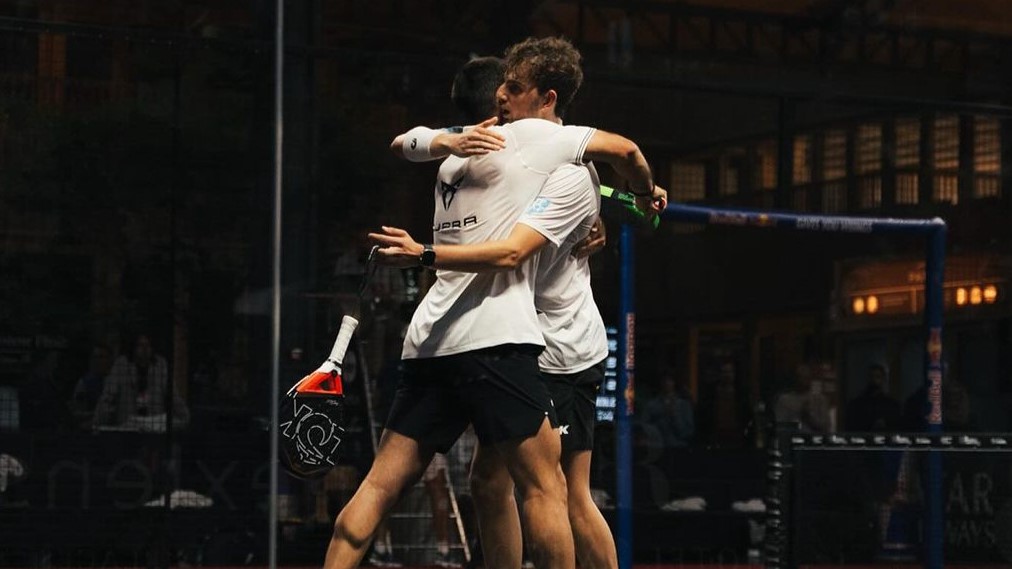 Premier Padel Brussels P2 – Mike Yanguas and Javi Garrido once again take the advantage over Stupa / Di Nenno
Premier Padel Brussels P2 – Mike Yanguas and Javi Garrido once again take the advantage over Stupa / Di Nenno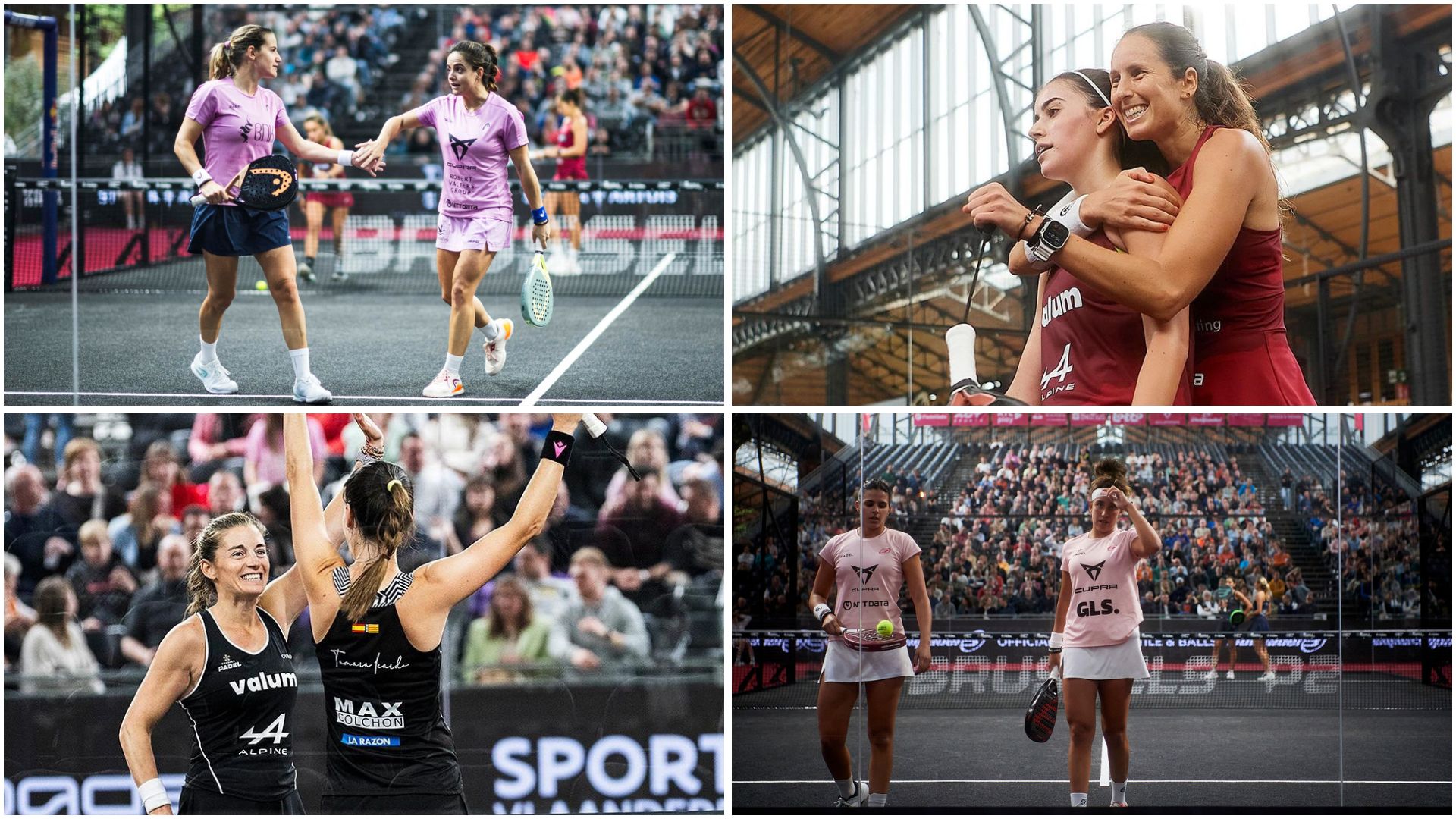 Premier Padel Brussels P2 – The women’s Big 4 at the semi-finals!
Premier Padel Brussels P2 – The women’s Big 4 at the semi-finals!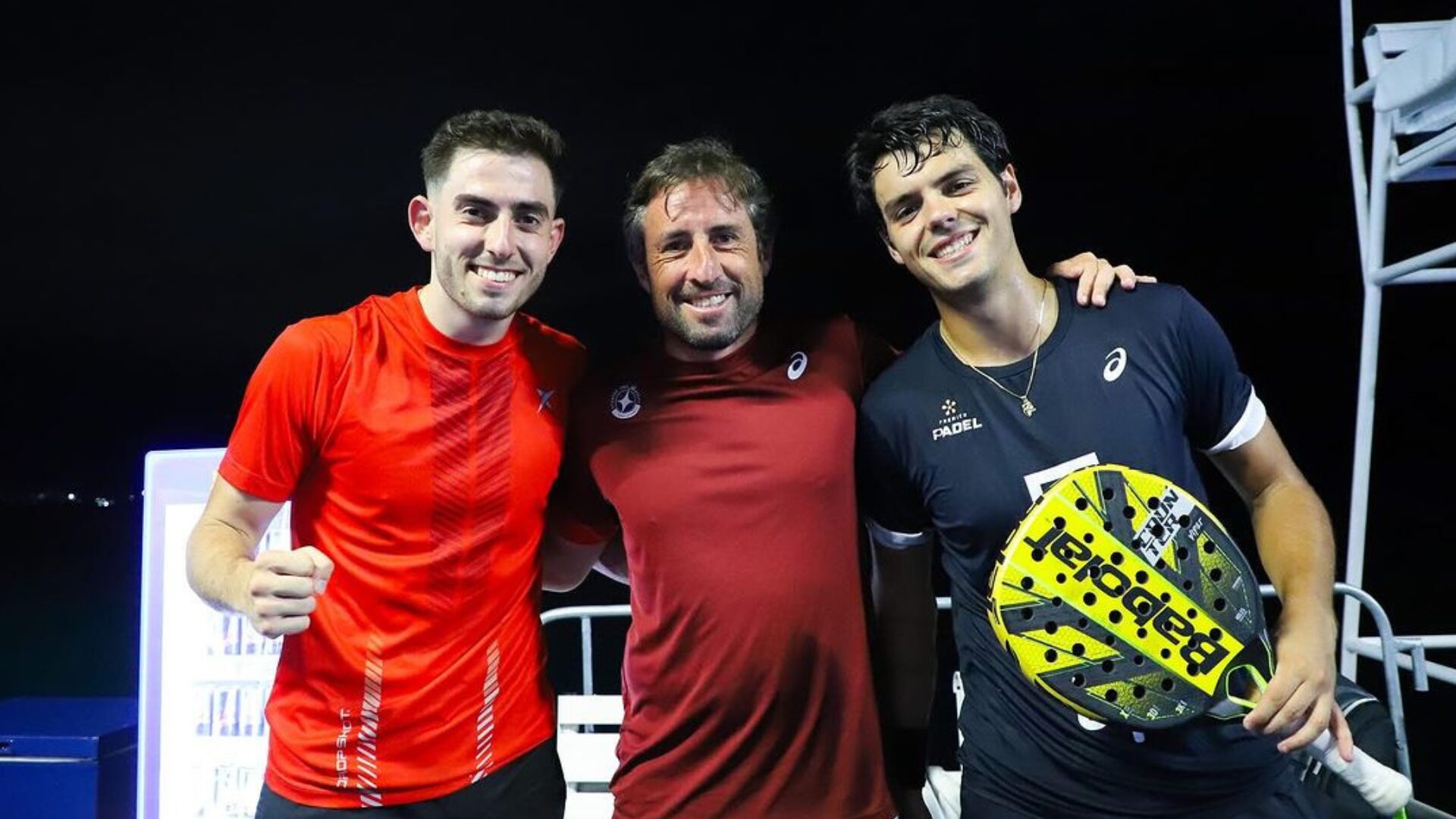 Premier Padel Brussels P2 – Sanz and Nieto win a big fight against Lebron / Navarro!
Premier Padel Brussels P2 – Sanz and Nieto win a big fight against Lebron / Navarro! Guillaume Codron de Sud Padel : “A family project”
Guillaume Codron de Sud Padel : “A family project” Nallé Grinda: “Democratize the padel in the USA with PadelX "
Nallé Grinda: “Democratize the padel in the USA with PadelX " Simon Boissé: “We know that there are two nations in front of us”
Simon Boissé: “We know that there are two nations in front of us” Marie Maligo: “This period of frequent changes of partners was beneficial for me”
Marie Maligo: “This period of frequent changes of partners was beneficial for me” Gilles Moretton: “We will be able to put the padel at the level of tennis”
Gilles Moretton: “We will be able to put the padel at the level of tennis”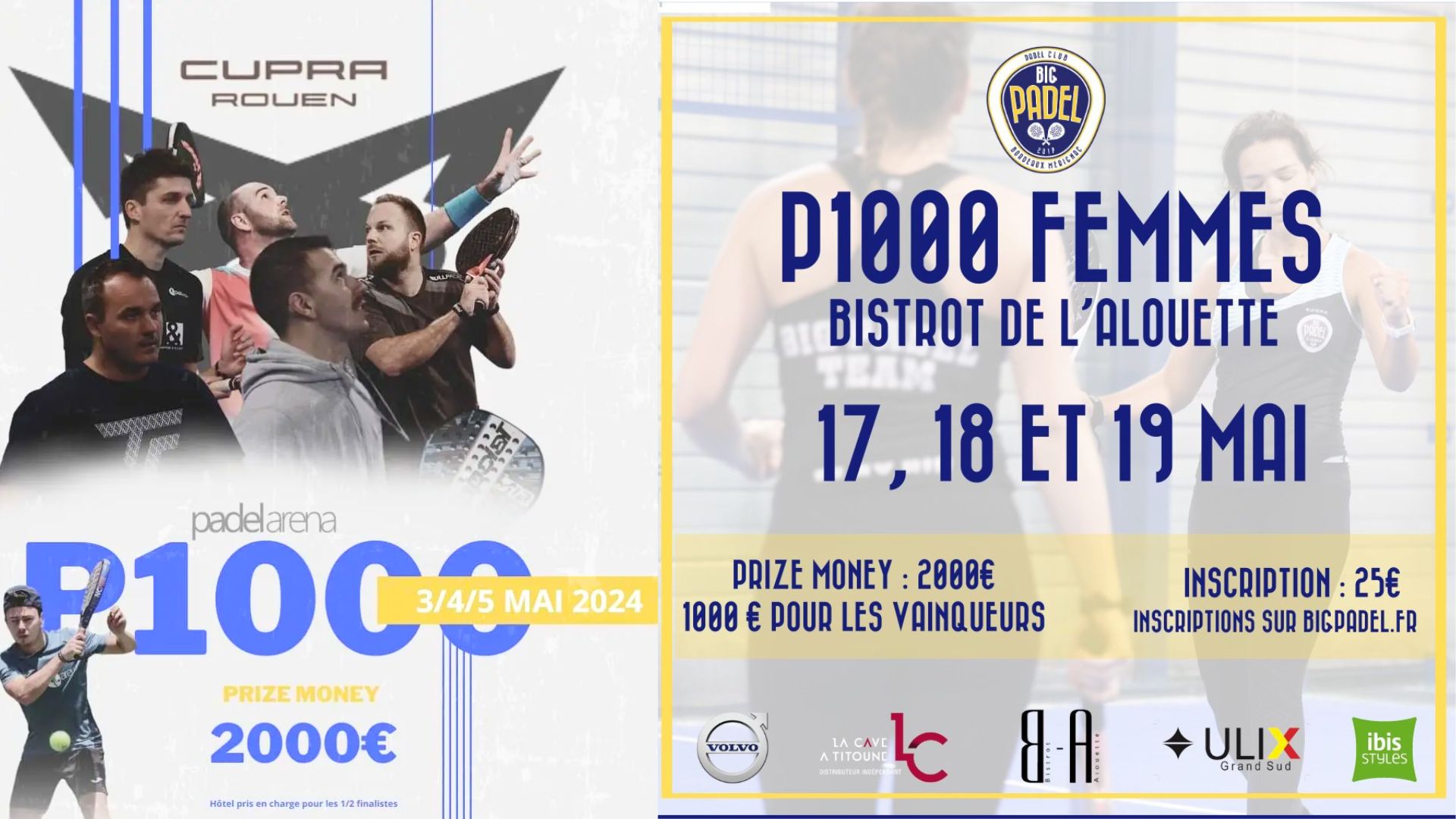 Two P1000 doubled prize money approaching!
Two P1000 doubled prize money approaching! José Manuel Escin at the inauguration of Casa Padel DOS: “Finally, and thank you!”
José Manuel Escin at the inauguration of Casa Padel DOS: “Finally, and thank you!”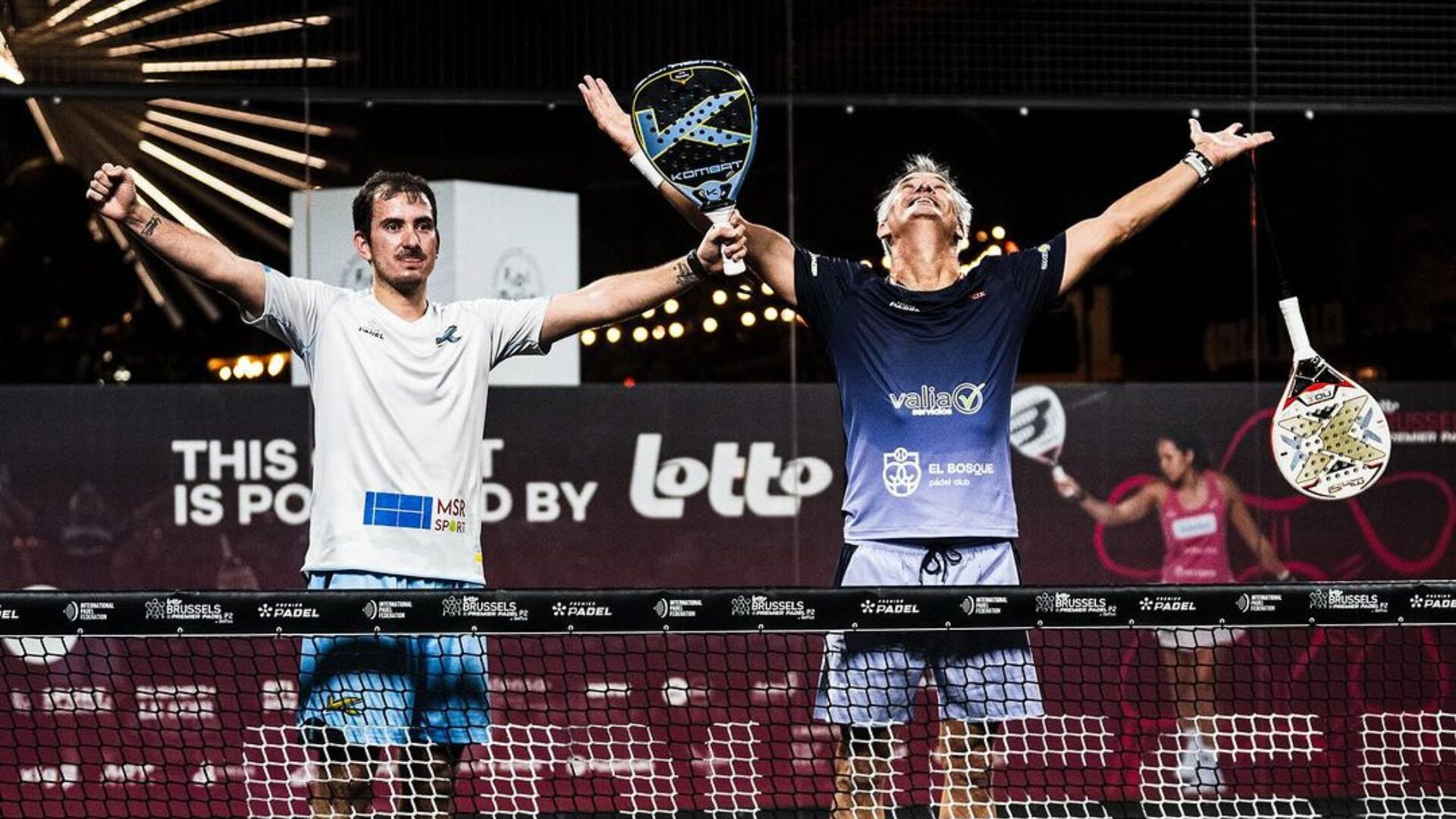 Miguel Lamperti: three tie-breaks and a return to the quarter-finals!
Miguel Lamperti: three tie-breaks and a return to the quarter-finals!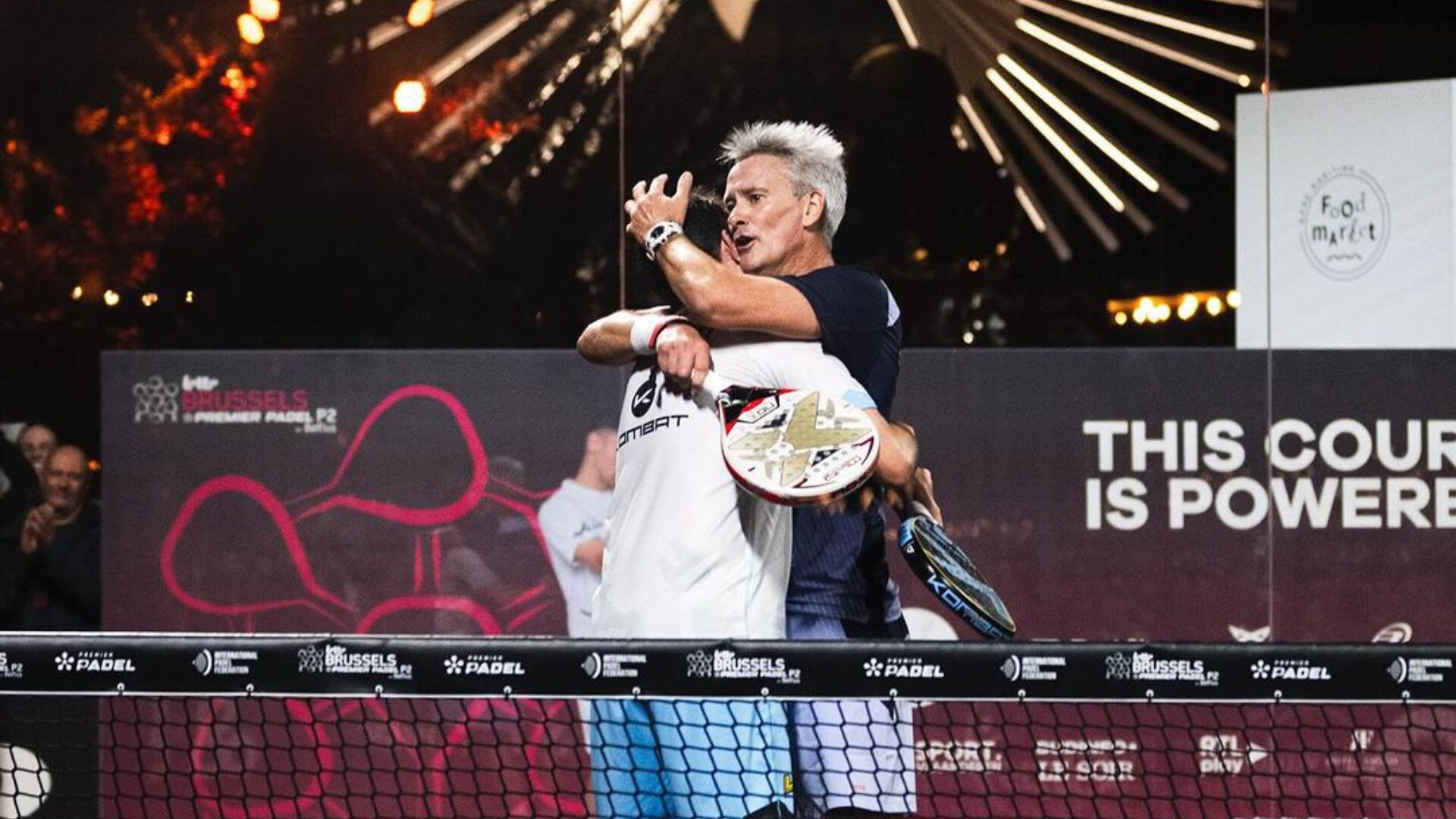 Big evening in Brussels with two seeded players on the mat, heckled number 1s…
Big evening in Brussels with two seeded players on the mat, heckled number 1s…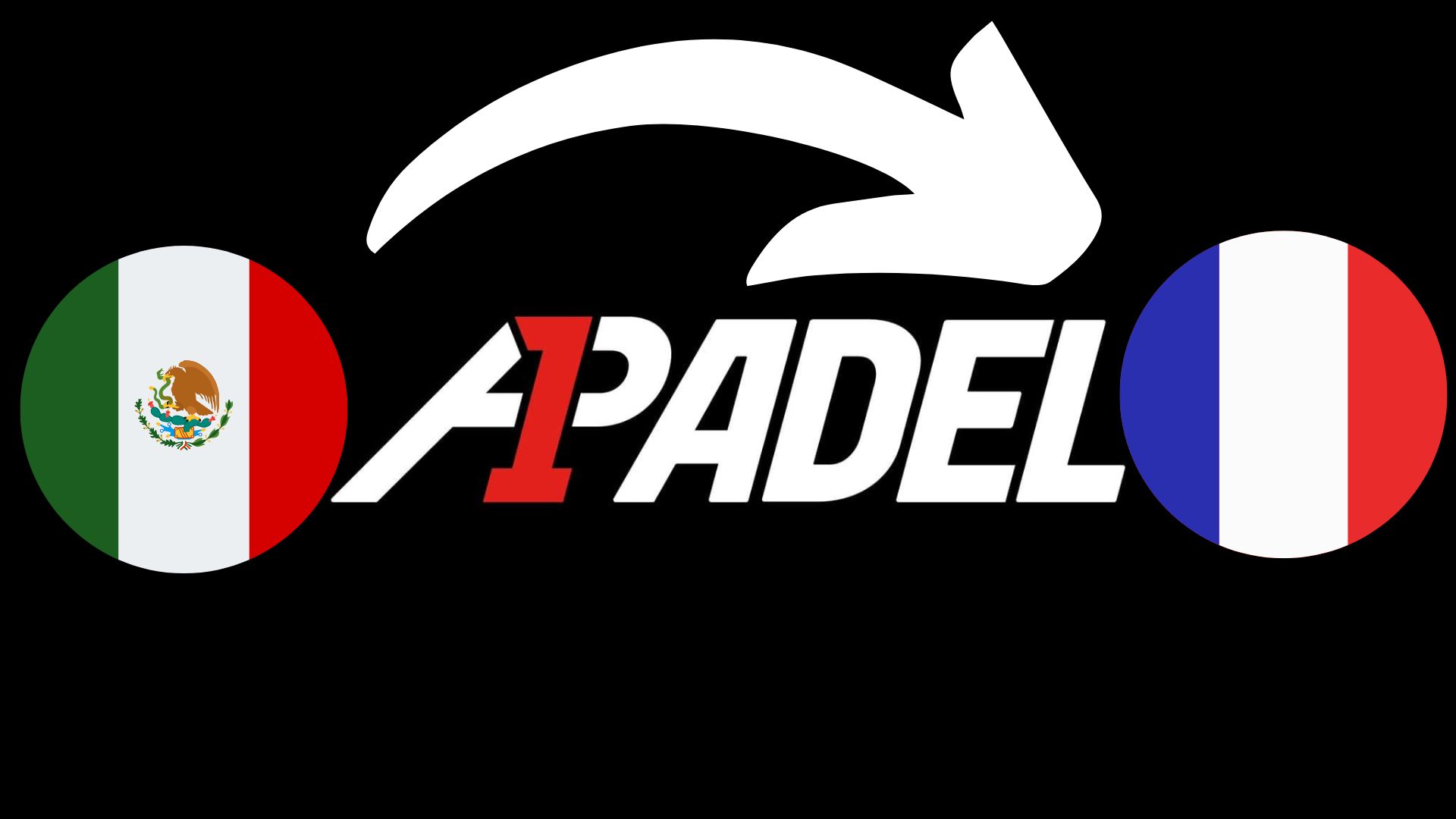 A1 Padel – the French Open replaces the Mexican Open on the calendar
A1 Padel – the French Open replaces the Mexican Open on the calendar Padel Score comes to Tahiti for American Express Padel Cup!
Padel Score comes to Tahiti for American Express Padel Cup! Do you know the Rafa Nadal Academy Tour?
Do you know the Rafa Nadal Academy Tour? Play at padel on his yacht? Possible for €233.000!
Play at padel on his yacht? Possible for €233.000! Our Top 10 training courses padel in France and Europe
Our Top 10 training courses padel in France and Europe At the heart of padel – Episode 25: Paul and Andoni answer your questions
At the heart of padel – Episode 25: Paul and Andoni answer your questions Tactical padel – What to do when faced with players who systematically stay at the bottom?
Tactical padel – What to do when faced with players who systematically stay at the bottom? The basic tactics of padel
The basic tactics of padel At the heart of padel – Episode 25: Paul and Andoni answer your questions
At the heart of padel – Episode 25: Paul and Andoni answer your questions At the heart of padel – Episode 23: defend the window well
At the heart of padel – Episode 23: defend the window well Prohibition on playing topless Padel : the reasons
Prohibition on playing topless Padel : the reasons FIP Tour – Going far from Europe, THE strategy to earn points!
FIP Tour – Going far from Europe, THE strategy to earn points! What is a good football player? padel ?
What is a good football player? padel ? “Lefties give me headaches when I play against them!”
“Lefties give me headaches when I play against them!” At the heart of padel – Episode 14: how to earn points in winter?
At the heart of padel – Episode 14: how to earn points in winter? A par 4 is always a winner...even if you manage to defend it!
A par 4 is always a winner...even if you manage to defend it! Carbon fiber VS fiberglass: what to choose?
Carbon fiber VS fiberglass: what to choose? How to effectively test a racket padel ?
How to effectively test a racket padel ? La padel to fight Parkinson's disease
La padel to fight Parkinson's disease Don't play with a cracked or broken racket, your body will thank you!
Don't play with a cracked or broken racket, your body will thank you! Michel Cymes: “The padel, physically, it’s serious!”
Michel Cymes: “The padel, physically, it’s serious!” Jeremy Gala: “Promote the padel among young people in Belgium remains a challenge”
Jeremy Gala: “Promote the padel among young people in Belgium remains a challenge” The French Touch Academy organizes its selection day Padel-Study
The French Touch Academy organizes its selection day Padel-Study Report on the detection and training of younger generations
Report on the detection and training of younger generations